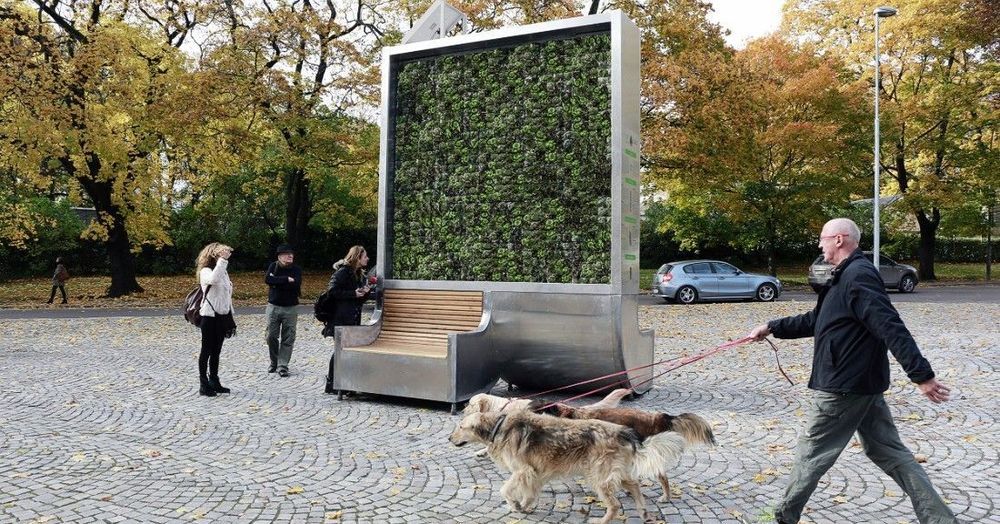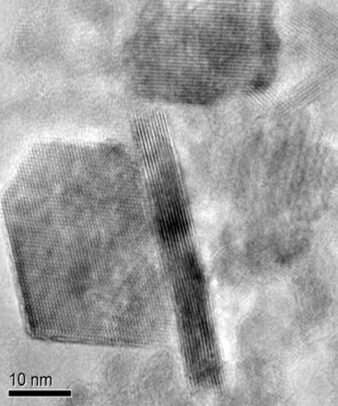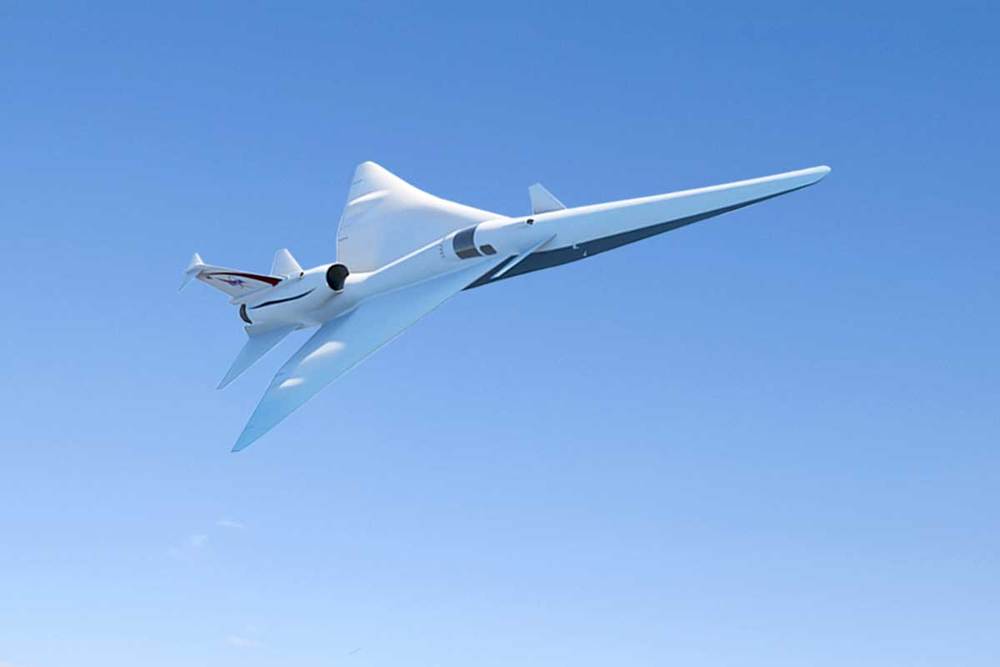Tesla announced today that it is launching a lease program for Model 3 and interestingly, it won’t let people buy the cars after the leases come to term as it plans to use them in its planned self-driving Uber-like service dubbed ‘Tesla Network’.
Along with a series of changes to its lineup today, Tesla also announced that it is launching its lease program for Model 3 today:
“Beginning today, customers in the U.S. will be able to lease Model 3 for a small down payment and competitive monthly payments. Customers can choose any Model 3 variant and select an annual mileage option of 10,000, 12,000, or 15,000 miles.”




